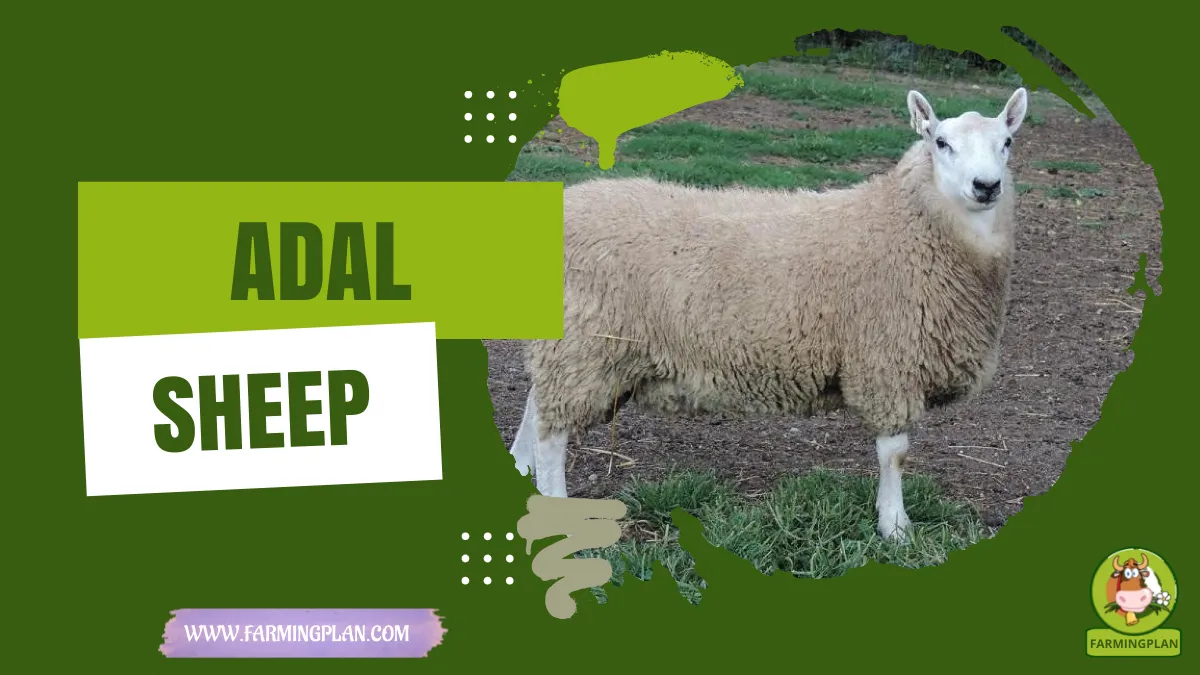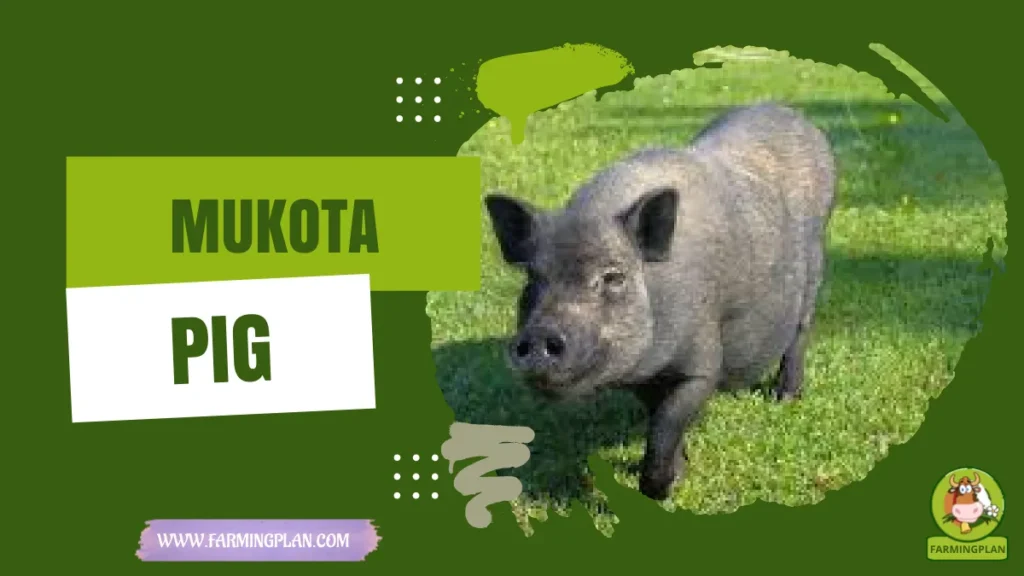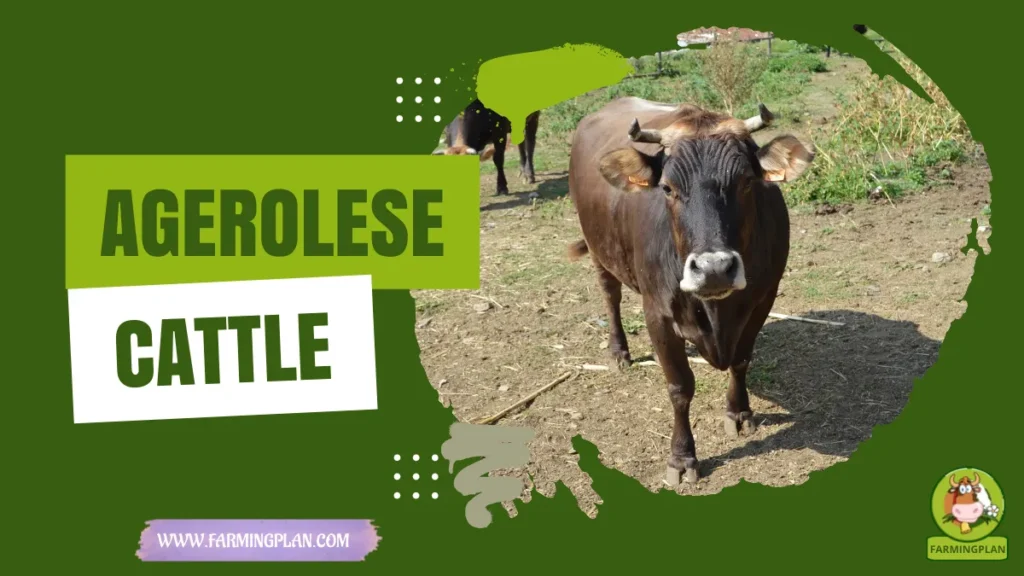Have you ever heard of the Adal sheep? They are a breed of sheep that is found in the highlands of Ethiopia. They are considered to be the most interesting breed of sheep in the world because they have some very unique features. For example, their horns are incredibly long and twisted, and they have a thick coat of hair that helps keep them warm in the cold climate.
These sheep are known for their long hair, which can often be mistaken for a coat of wool. They are also known for their gentle nature and calm demeanor. If you’re looking for an interesting breed of sheep to add to your farm, then the Adal Sheep is worth considering! If you’re interested in learning more about these fascinating animals, keep reading!

Adal Sheep Characteristics, Origins, & Applications
Adal Sheep are a long-haired sheep breed that originated in Ethiopia’s Adal region.They are known for their calm demeanor and gentle nature, as well as their luxurious hair coats. Adal sheep are used primarily for meat production. Their lambing interval is about one year, and they produce around 100 pounds of meat per year.
The tail fat of adal sheep is highly valued by traditional medicine practitioners in Ethiopia, who use it to treat a variety of ailments, including asthma and bronchitis. It’s also said that chewing on the wool will relieve toothaches! The tail fat can be used as an ingredient in soups or stews, or it can be eaten raw.
Adal sheep are related to the Somali and Beja sheep breeds. They are well-suited for climates with high temperatures and low rainfall, and they do well in both open pastures and semi-arid areas. If you’re looking for a hardy breed of sheep that is well-suited for tropical climates, the Adal Sheep is a great choice!
Usage
These sheep are primarily used as a source of meat. They can also provide milk and wool if needed, although these traits aren’t always desired by farmers since they require additional care when compared with other breeds. The Adal sheep is a multipurpose breed, meaning that it can be used for a variety of purposes. Some people keep them as pets, while others use them for wool or meat production.
Special Notes
One of the most interesting things about the Adal sheep is their long hair. This can be a blessing or a curse, depending on your needs as a farmer. While it helps keep them warm in cold climates, it also makes them more susceptible to parasites and other health issues. Also, since their hair is so long, it takes longer than usual to grow back if they get sheared by accident. It’s quite rare to find an adal sheep without any hair at all.
Distribution
Adal sheep can be found throughout the highlands of Ethiopia. They are primarily bred in rural areas where there isn’t much agriculture happening nearby and food sources aren’t readily available. They are most commonly found in areas that have cool weather and plenty of grass for grazing. Adal sheep are also known to graze on bushes as well, which helps them survive even when there isn’t much vegetation around.
Meat Production
The lambing interval is about one year for Adal sheep. This means that they give birth to a new litter of lambs once a year on average. The meat from these sheep is considered to be quite delicious, and it has a mild flavor that many people enjoy. In addition to the meat, the wool from these sheep can also be used for a variety of purposes. As you can see, the Adal sheep is a very versatile breed that can be used for a variety of purposes!
Shearling benefits from sheep tail fat
A mature sheep’s tail can hold up to 25 pounds of soft fat. This fat can be easily digested and is very nutritious. Lamb and mutton are recommended by doctors as great sources of nutrition. Sheep’s tails can come in different shapes; some have a rectangular beaver-shaped tail, others have a triangular one.
Rams’ tails are used as an ingredient in cooking. Their fat is edible and nutritious. Lamb and mutton are recommended by doctors because of their high content of nutrients. A rectangular beaver-tail is preferred over a triangular one. Sheep have short tails because they are used as meat. Human beings breed sheep to create fat tails.
The Adal Sheep is a breed that is native to the highlands of Ethiopia. They are known for their long hair, which can often be mistaken for a coat of wool. They are also known for their gentle nature and calm demeanor. If you’re looking for an interesting breed of sheep to add to your farm, then the Adal Sheep is worth considering!
Related Breeds
Charollais sheep are also known as French Merino sheep. It was originally bred by crossing Merinos with local breeds. This breed is a medium-sized, long-haired sheep with a white face and legs. It is used mainly for meat production. The Cheviot is a dual-purpose breed, being raised primarily as a meat and wool producer. It is named after a hill range in northern England. The Toggenburg goat is a dual-purpose breed and is raised primarily for milk. It originated in Switzerland. The Bardokas are a small, hardy breed of sheep native to the mountains of the former Yugoslavia. The name comes from the Albanian word bardak, meaning “mountain.”
FAQ
What are the characteristics of Adal sheep?
The Adal Sheep is a breed that is native to the highlands of Ethiopia. They are known for their long hair, which can often be mistaken for a coat of wool. They are also known for their gentle nature and calm demeanor. If you’re looking for an interesting breed of sheep to add to your farm, then the Adal Sheep is worth considering!
What are Adal sheep used for?
The Adal Sheep is a versatile breed that can be used for a variety of purposes. They are raised primarily for meat, but their wool can also be used for a variety of purposes.
Are Adal sheep’s tails eaten?
Yes, the meat from Adal sheep is considered to be quite delicious, and it has a mild flavor that many people enjoy. In addition to the meat, the wool from these sheep can also be used for a variety of purposes. As you can see, the Adal sheep is a very versatile breed that can be used for a variety of purposes!
What is the lambing interval for Adal sheep?
The lambing interval for Adal sheep is typically between 9 and 12 months. This is slightly longer than the average lambing interval for other breeds of sheep, which is generally 8 to 10 months. Adal sheep are a hardy breed that can withstand harsh climates and terrain, so they are able to produce lambs at a slightly slower rate than other breeds.
Are there other breeds of sheep that are related to the Adal sheep?
French Merino sheep are also known as “Challois sheep.” It was originally bred by crossing Merinos with local breeds. This breed is a medium-sized, long-haired sheep with a white face and legs. It is used mainly for meat production. The Cheviot is a dual-purpose breed, being raised primarily as a meat and wool producer. It is named after a hill range in northern England. The Toggenburg goat is a dual-purpose breed and is raised primarily for milk. It originated in Switzerland. The Bardokas are a small, hardy breed of sheep native to the mountains of the former Yugoslavia.
Conclusion
The Adal sheep is a breed of domestic sheep native to Ethiopia, where it is known as the “Adala Sheep”. The name comes from a dialect pronunciation in its country of origin. It has long hair and triangular ears. They are primarily raised for their meat, which can be eaten raw or cooked in stews and curries.
As A Reference: Wikipedia


